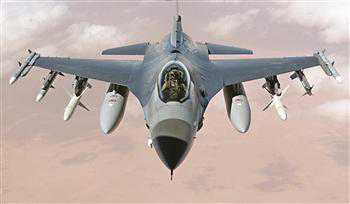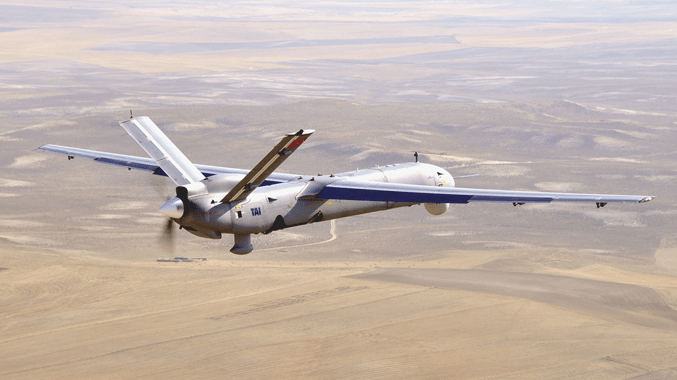Turkey eyes replacing F-16s with locally produced fighter jets by 2023, Turkey’s defense undersecretary said yesterday.

“We’re working on the conceptual design of a new fighter jet that will replace our F-16 fighters,” Defense Industry Undersecretary Murad Bayar said yesterday on the sidelines of the two-day International Air&Space Power (ICAP) Conference being held in Istanbul.
Recently, Turkish arms manufacturer TAI has signed a technical assistance deal with Swedish Saab on technical assistance to build a fighter jet, as Daily News reported.
Turkish officials have been in talks with Saab (and with Korean Aerospace Industries) to find the best modality for the ambitious project of building its own fighter since 2010 and 2011. In August 2011, the Undersecretariat for Defense Industries, signed a deal with TAI to carry out the conceptual design work for fighter and jet trainer aircraft Turkey hopes to build.
In recent months a Turkish delegation, including SSM officials, visited Saab headquarters and production facilities in Sweden. And more recently, TAI and Saab penned a preliminary agreement for technical assistance which will pave the way for a subsequent support deal.
In yesterday’s statements, Bayar said the project of designing a local fighter began last year and after some trials one of the designs has matured.
After completing the design phase, the undersecretary will make an offer on developing a fighter to the Defense Industry Executive Committee, the highest defense procurement body of Turkey, which includes Prime Minister Recep Tayyip Erdoğan, Defense Minister İsmet Yılmaz, Chief of the Turkish General Staff Gen. Necdet Özel, as well as Bayar himself.
Recalling that Turkey had been one of the partners in the multinational Joint Strike Fighter (JSF) consortium that builds F-35 fighters, Bayar said the roles of the new model to be developed and the F-35 would be different. Therefore, new fighters will be configured as air-to-air planes and they will complement each other with F-35s.
Defense sources had told to Daily News that the program was exposed to the risk of a prolonged conceptual design and this would make the whole project “not very meaningful.”
ANKA to be developed
Meanwhile, asked about how Turkey’s recently launched Göktürk-2 satellite would serve the Turkish Armed Forces, Bayar said the satellite would provide intelligence to Turkey by taking photos of certain regions, which will be used in the operational plans of the army. The first visuals have already arrived, he said.
In addition, he said Turkey also had ambitious plans to develop and upgrade its unmanned aircraft, ANKA.
“The new ANKA will be 4 tons, [the current model is 1.5 tons] and its carrying power, capabilities and sensors will be developed accordingly,” Bayar said, stressing that this would be one of the most important projects of the upcoming period.
via SCIENCE & TECHNOLOGY – Turkey to replace F-16s with local jets.


